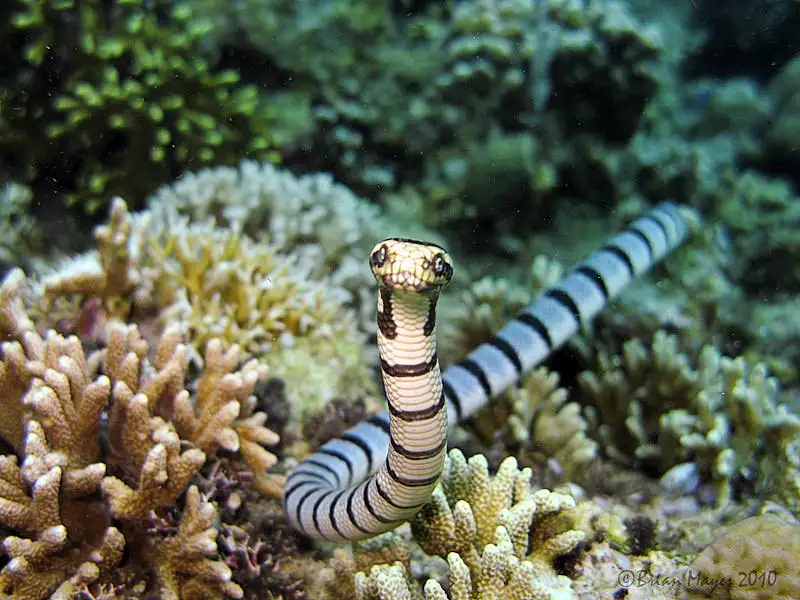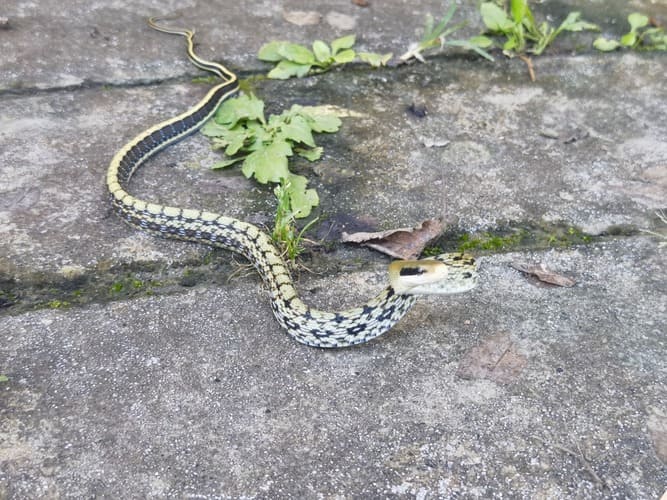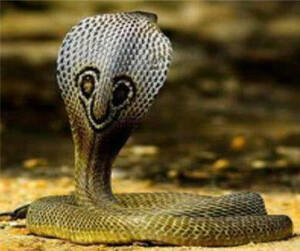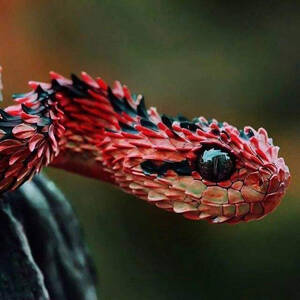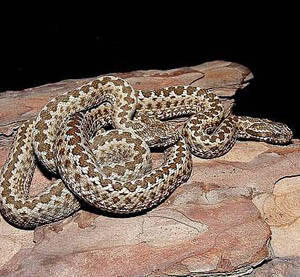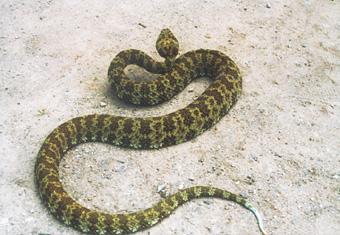Gloydius shedaoensis
IUCN
LCBasic Information
Scientific classification
- name:Gloydius shedaoensis
- Scientific Name:Gloydius shedaoensis,Agkistrodon acutus, Agkistrodon acutus, Agkistrodon acutus, Agkistrodon acutus
- Outline:Squamata
- Family:Viperidae A. Agkistrodon
Vital signs
- length:About 80 cm
- Weight:No verification information
- lifetime:About 10-15 years
Feature
The body color is mostly silver and gray, with light black stripes.
Distribution and Habitat
It is endemic to the Chinese mainland, mainly distributed in Shedao, Liaoning Province, and a small number of them are distributed in Wafangdian, north of Dalian City, and Qianshan near Anshan City.
They often lurk under bushes, beside dead grass, under stone slabs or in rock cracks. During the day, they often climb up the trunks of trees such as Koelreuteria paniculata, Psoralea corylifolia, Ulmus pumila, Lespedeza bicolor, etc. to wait for prey.
Appearance
The body color of the snake island pit viper is mostly silver and gray, with light black thin stripes on the body, and black stripes on the position of the eyes on the head. This kind of snake is called "black-browed pit viper".
The total length can reach 800 mm. The body is stout, the head is slightly triangular, with cheek pits, and there is a narrow dark brown eyebrow pattern behind the eyes and diagonally toward the corner of the mouth, and its lower edge is inlaid with a very fine gray-white line; the back of the body and tail is gray-brown, with a row of dark brown "X"-shaped spots. There are 23 rows of dorsal scales in the middle of the trunk, 150 to 164 ventral scales, 32 to 47 pairs of sub-tail scales, and there are usually 2 post-orbital scales, and the sub-orbital scales are basically located below the eyes.
There are 25 to 23 rows of dorsal scales corresponding to the front half of the ventral scales, all of which have ridges, but only some scales
Details
The scientific name of the snake island pit viper is Gloydius shedaoensis. It is one of the famous venomous snakes in China. Its distribution area "Snake Island" is named after the abundance of snake island pit vipers.
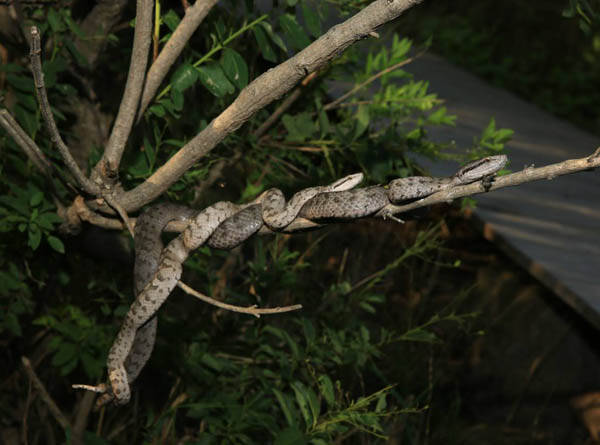
The migratory bird season is the season for the activity of the snake island pit viper. The hibernation period is from November to April of the following year. It comes out of hibernation in mid-April and preys heavily around May, forming an activity peak. Around July, it may be due to the lack of food on the island, hiding under the stone slabs or in the cracks of the rocks, in a dormant state. Around September to October, it preys heavily again, forming a second activity peak. During the activity season, there are two activity peaks every day from 5 to 10 o'clock and from 15 to 19 o'clock. The peaks of seasonal activities and diurnal activities correspond to the large-scale appearance of birds, the main food target. 2 to 7 snakes are born in August and September.
The snake island pit viper is a tree-dwelling snake that mainly feeds on rodents such as birds and mice, and is quite dependent on water sources. It eats small birds and is occasionally found to eat mice. Young snakes can catch small birds such as leaf warblers and willow warblers. Dissection revealed that they also prey on arthropods such as centipedes and woodlice.
In terms of reproduction, the snake pit viper is an ovoviviparous snake. Mating is seen from August to early October. The female snake can produce about 4 to 5 young snakes each time. The newborn snakes are 255 to 292 mm in length. When the total length reaches 600 mm, it is sexually mature. The snake pit viper is venomous when it is a young snake, and it can hunt on its own after a few months.
The snake pit viper is mostly active around May and September every year. This period is the peak period of bird migration, and the snake pit viper is looking for food everywhere; around winter, the snake pit viper will also enter hibernation. At this time, another rodent species on the island, the brown rat, will harm the snake pit viper and eat it. Since brown rats are one of the main foods of Shedao pit vipers, there is a joke on Shedao that "snakes eat rats for half a year, and rats eat snakes for half a year."
Shedao pit vipers were officially named by Zhao Ermi in 1979. Before that, they were once mistaken for the intermedius of the same family, subfamily Viperinae, genus Asiatic pit vipers (Gloydius intermedius). The venom of Shedao pit vipers is believed to have unknown medicinal value, and the details are still under research. In 1982, the mark-recapture method (Linco index method) was used for investigation, and it was estimated that there were about 10,000 (9,000-11,500) snakes (Huang Mupeng), and about 50,000 were reported in 1958 (Wu Lu). Obviously, the existing population of snakes has dropped sharply. If no effective measures are taken, they will face extinction in the near future.
The main reasons for the decline in the number of pit vipers on Shedao Island are: ecological environment destruction, a large number of trees destroyed by fire, a reduction in food sources and a large number of captures over the years.
In 1980, Snake Island was approved by the State Council as a national key nature reserve, and the reserve management office was established in 1981. The Dalian Municipal People's Government issued a notice to strengthen management in 1983. There is a patrol aircraft and an observation station on the island. Except for the hibernation period, there are people on duty on the island all year round to carry out daily management and observation research. Since the establishment of the reserve management office, capture has been strictly prohibited. In order to explore appropriate ways to effectively protect and promote the growth of the population, experiments have been carried out on the basis of population ecology research to improve the ecological environment and increase the supply of drinking water and food birds. According to sample surveys, the population has increased year by year, but the overall number is far from the original level.
China's Red Book of Endangered Animals: Vulnerable
Listed in the Red List of Endangered Species of the World Conservation Union.
Listed in the second level of the "List of Wildlife under National Key Protection in China".
Protect wildlife and eliminate game.
Maintaining ecological balance is everyone's responsibility!

